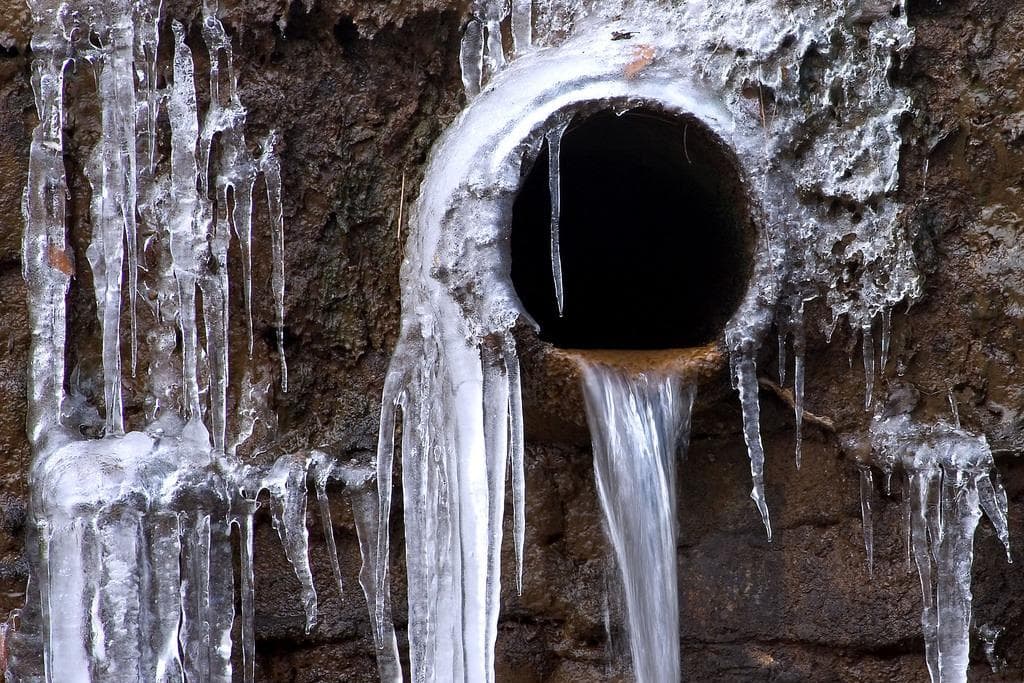Protect Against Frozen Plumbing in Cold Weather: Professional Advice
Protect Against Frozen Plumbing in Cold Weather: Professional Advice
Blog Article
What are your opinions with regards to Preventing and dealing with frozen pipes?

Cold weather can damage your pipes, particularly by freezing pipelines. Below's how to prevent it from happening and what to do if it does.
Introduction
As temperature levels decline, the threat of icy pipelines boosts, potentially leading to expensive repairs and water damages. Understanding exactly how to prevent frozen pipelines is crucial for property owners in chilly climates.
Recognizing Icy Pipelines
What creates pipelines to freeze?
Pipelines freeze when exposed to temperatures listed below 32 ° F (0 ° C) for expanded periods. As water inside the pipes ices up, it increases, putting pressure on the pipe wall surfaces and possibly triggering them to break.
Dangers and problems
Icy pipelines can bring about water supply disturbances, property damages, and costly repairs. Burst pipes can flood homes and cause comprehensive structural damage.
Signs of Frozen Pipeline
Identifying icy pipelines early can stop them from bursting.
How to determine frozen pipes
Seek lowered water circulation from faucets, unusual odors or noises from pipes, and visible frost on revealed pipelines.
Avoidance Tips
Protecting susceptible pipes
Cover pipelines in insulation sleeves or use heat tape to secure them from freezing temperature levels. Focus on pipes in unheated or exterior locations of the home.
Heating methods
Keep indoor spaces adequately warmed, specifically locations with pipes. Open up cupboard doors to allow cozy air to flow around pipes under sinks.
Safeguarding Exterior Plumbing
Yard tubes and exterior taps
Separate and drain pipes yard hoses prior to winter season. Mount frost-proof spigots or cover outside taps with protected caps.
What to Do If Your Pipelines Freeze
Immediate activities to take
If you suspect frozen pipelines, keep faucets available to relieve stress as the ice melts. Make use of a hairdryer or towels soaked in warm water to thaw pipelines gradually.
Long-Term Solutions
Architectural modifications
Think about rerouting pipelines away from exterior wall surfaces or unheated locations. Include added insulation to attic rooms, basements, and crawl spaces.
Upgrading insulation
Purchase premium insulation for pipelines, attics, and walls. Correct insulation assists keep constant temperature levels and decreases the danger of frozen pipes.
Final thought
Stopping frozen pipelines calls for proactive measures and fast actions. By comprehending the reasons, indications, and preventive measures, property owners can protect their plumbing during cold weather.
Helpful Tips to Prevent Frozen Pipes this Winter
UNDERSTANDING THE BASICS: WHY PIPES FREEZE AND WHY IT’S A PROBLEM
Water freezing inside pipes is common during the winter months, but understanding why pipes freeze, and the potential problems it can cause is crucial in preventing such incidents. This section will delve into the basics of why pipes freeze and the associated problems that may arise.
THE SCIENCE BEHIND FROZEN PIPES
When water reaches freezing temperatures, it undergoes a physical transformation and solidifies into ice. This expansion of water as it freezes is the primary reason pipes can burst. As the water inside the pipe freezes, it expands, creating immense pressure on the walls. If the pressure becomes too great, the pipe can crack or rupture, leading to leaks and water damage.
FACTORS THAT CONTRIBUTE TO PIPE FREEZING
Low Temperatures: Extremely cold weather, especially below freezing, increases the risk of pipes freezing. Uninsulated or Poorly Insulated Pipes: Pipes located in unheated areas, such as basements, crawl spaces, or attics, are more prone to freezing. Insufficient insulation or lack of insulation altogether exacerbates the problem. Exterior Wall Exposure: Pipes running along exterior walls are susceptible to freezing as they encounter colder temperatures outside. Lack of Heating or Temperature Regulation: Inadequate heating or inconsistent temperature control in your home can contribute to frozen pipes. PROBLEMS CAUSED BY FROZEN PIPES
- Pipe Bursting: As mentioned earlier, the expansion of water as it freezes can cause pipes to burst, resulting in significant water damage.
- Water Damage: When pipes burst, it can lead to flooding and water damage to your property, including walls, ceilings, flooring, and personal belongings.
- Structural Damage: Prolonged exposure to water from burst pipes can compromise the structural integrity of your home, leading to costly repairs.
- Mold and Mildew Growth: Excess moisture from water damage can create a favorable environment for mold and mildew growth, posing health risks to occupants.
- Disrupted Water Supply: Frozen pipes can also result in a complete or partial loss of water supply until the issue is resolved.
WHY CERTAIN PIPES ARE MORE PRONE TO FREEZING
- Location: Pipes located in unheated or poorly insulated areas, such as basements, crawl spaces, attics, or exterior walls, are at higher risk of freezing.
- Exterior Pipes: Outdoor pipes, such as those used for irrigation or exposed plumbing, are particularly vulnerable to freezing as they are directly exposed to the elements.
- Supply Lines: Pipes that carry water from the main water supply into your home, including the main water line, are critical to protect as freezing in these lines can affect your entire plumbing system.
- Underground Pipes: Pipes buried underground, such as those connected to sprinkler systems or outdoor faucets, can be susceptible to freezing if not properly insulated.
https://busybusy.com/blog/helpful-tips-to-prevent-frozen-pipes-this-winter/

Hopefully you enjoyed our topic on 6 Ways to Prevent Frozen Pipes. Thank you for taking time to read our short article. Enjoyed reading our blog entry? Please quickly share it. Help other people discover it. Thanks for your time. Kindly check up our site back soon.
Call Today Report this page